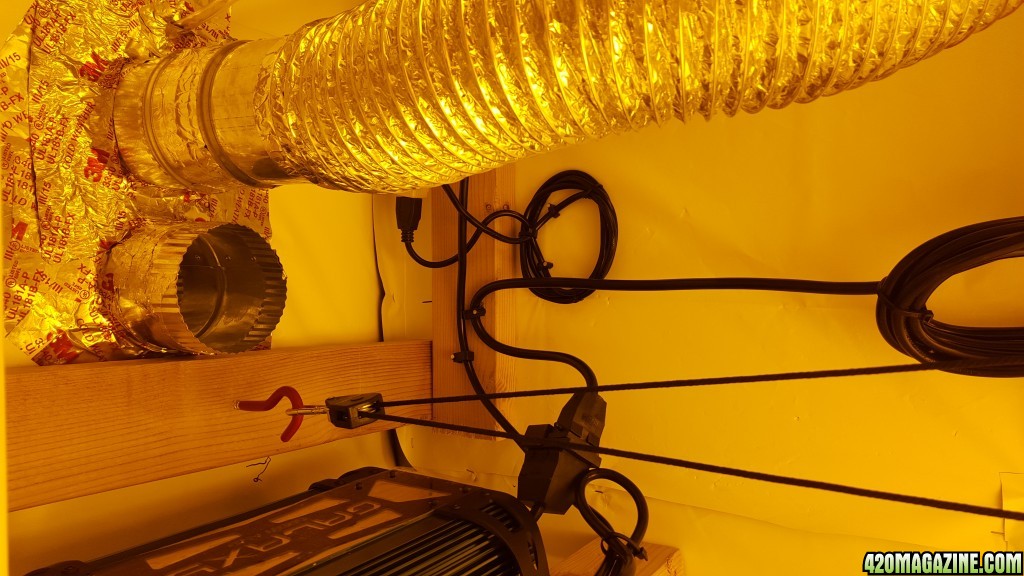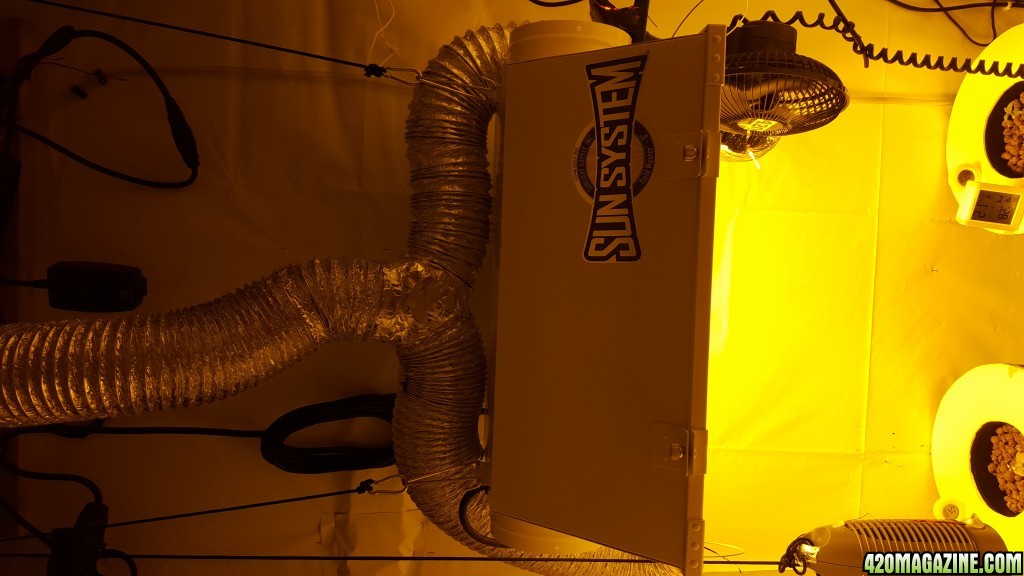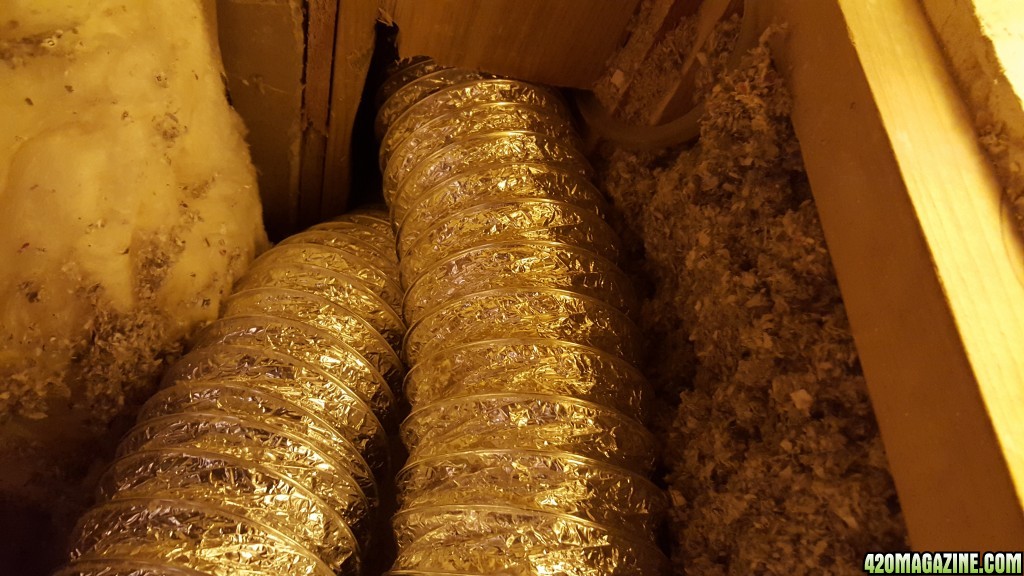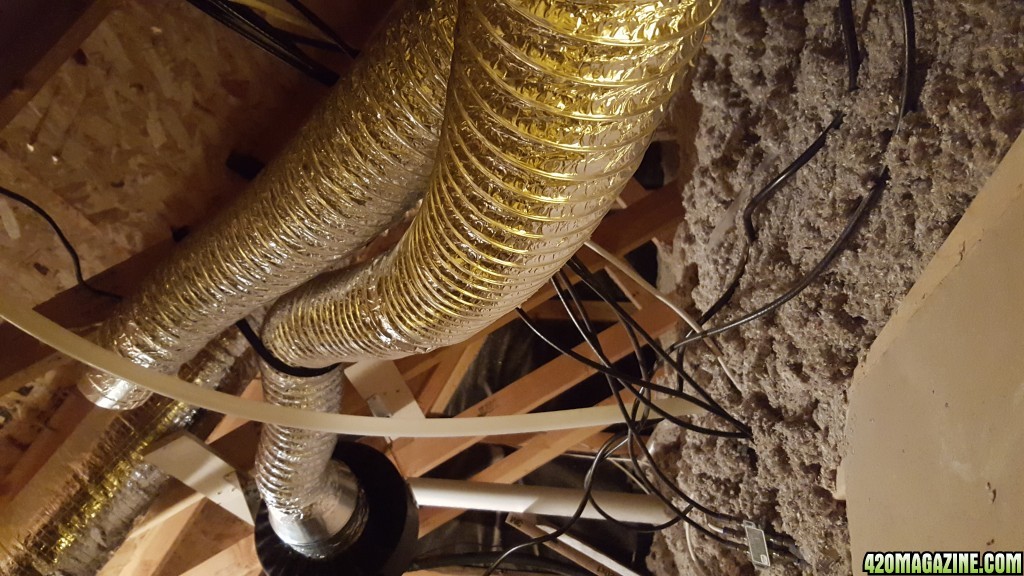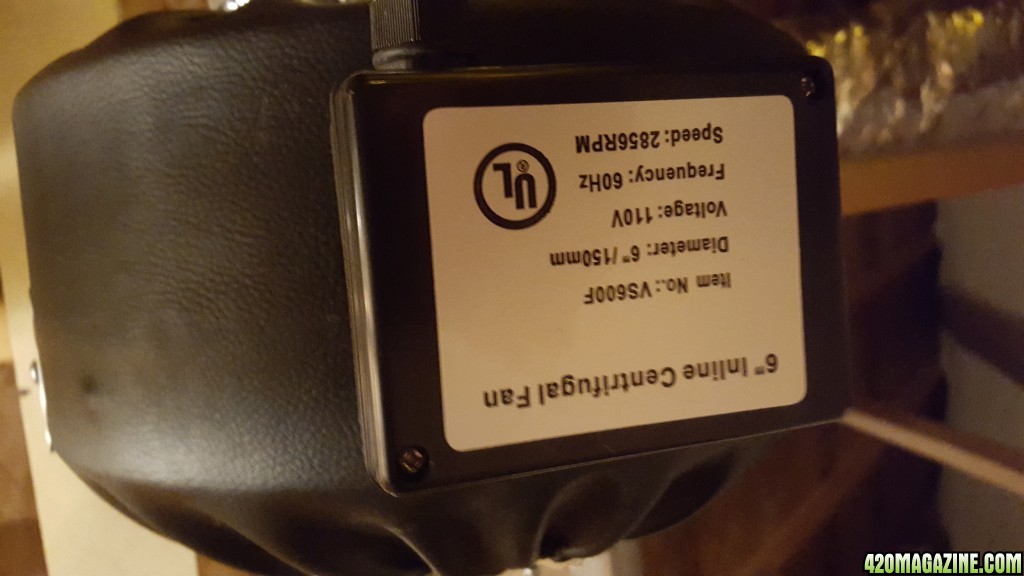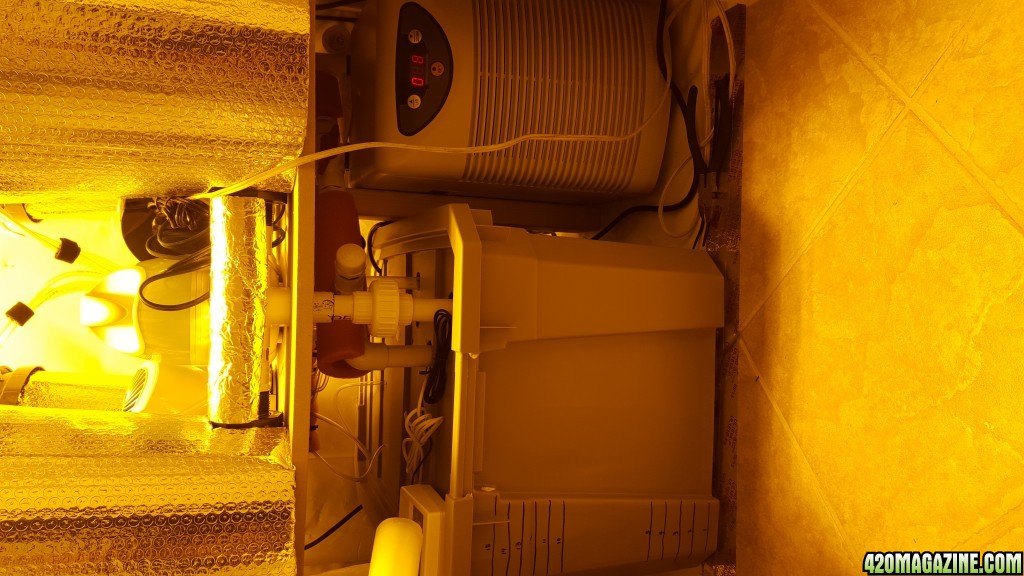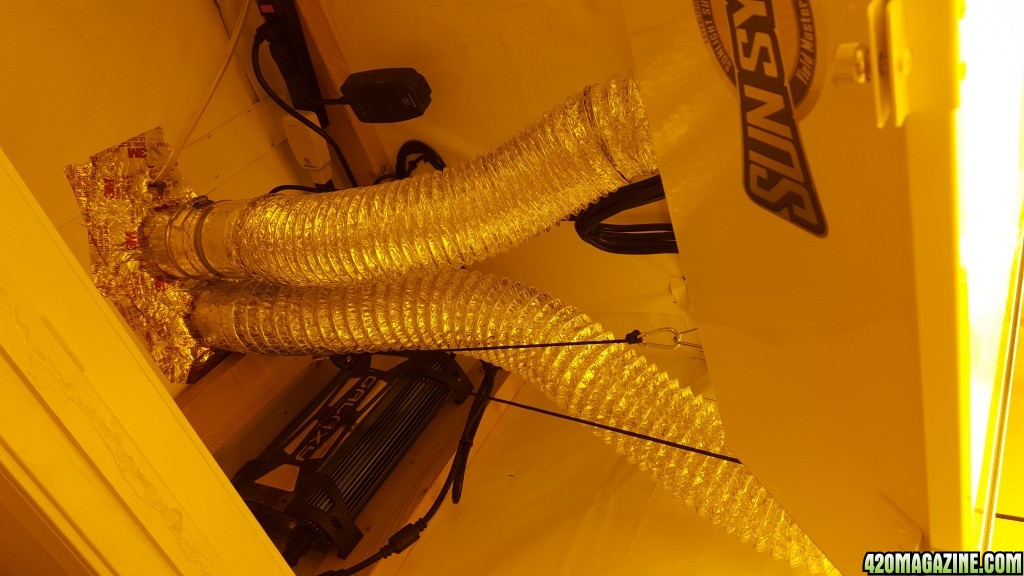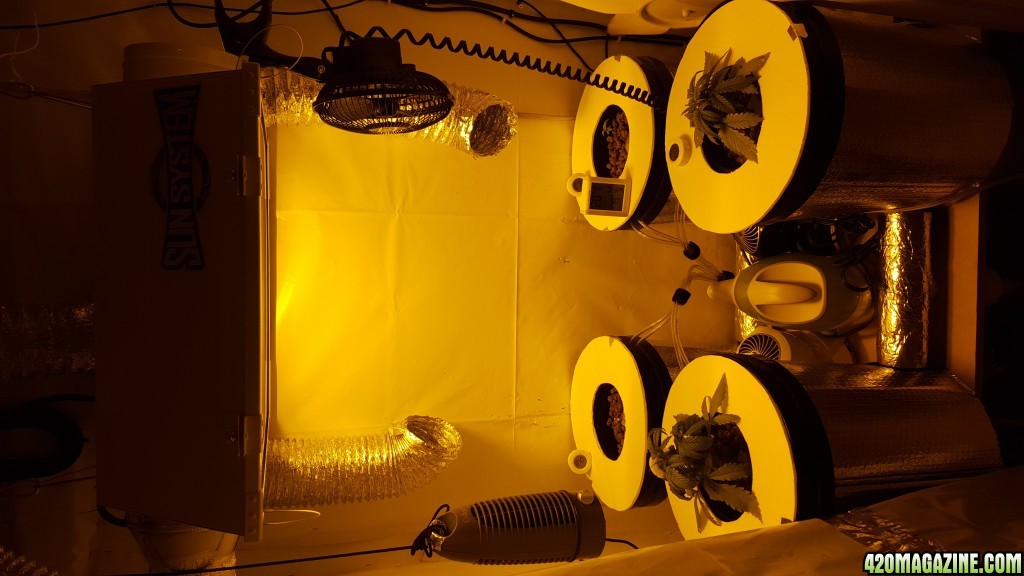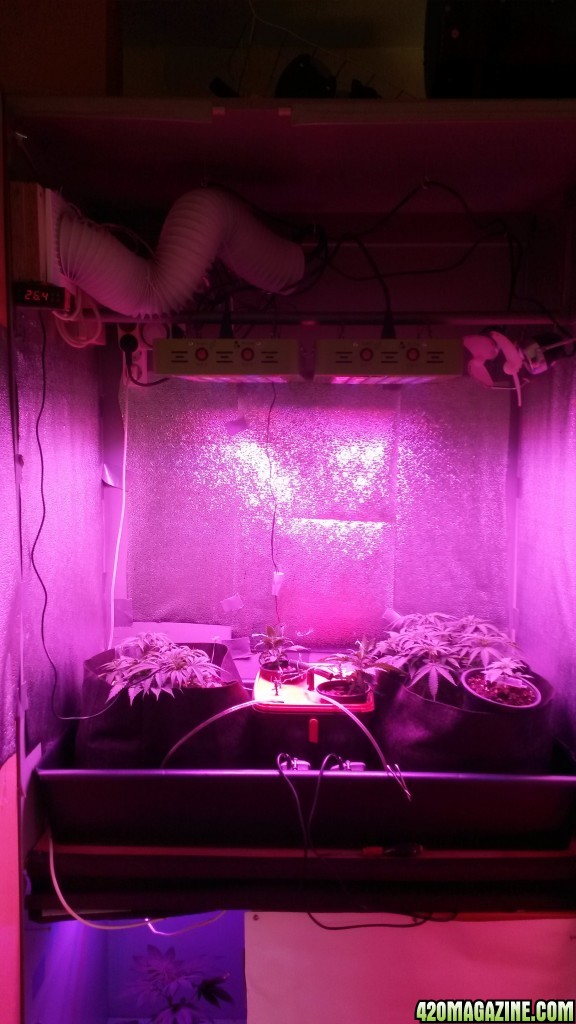- Thread starter
- #21
champfire4
New Member
Ok, I am stuck with what I have currently with the exception of getting an extra blower to replace the 2 small 4" ones.
I will try having the blower suck from top of area (DISCONNECT FROM COOL TUBE) an let the intake one just hang down low to the buckets ? Or split it and have 2 ends hanging low
Room size is 3.7ft (L) x 8ft (H) x 2ft(W) 59.2 cubic feet
I will try having the blower suck from top of area (DISCONNECT FROM COOL TUBE) an let the intake one just hang down low to the buckets ? Or split it and have 2 ends hanging low
Room size is 3.7ft (L) x 8ft (H) x 2ft(W) 59.2 cubic feet



